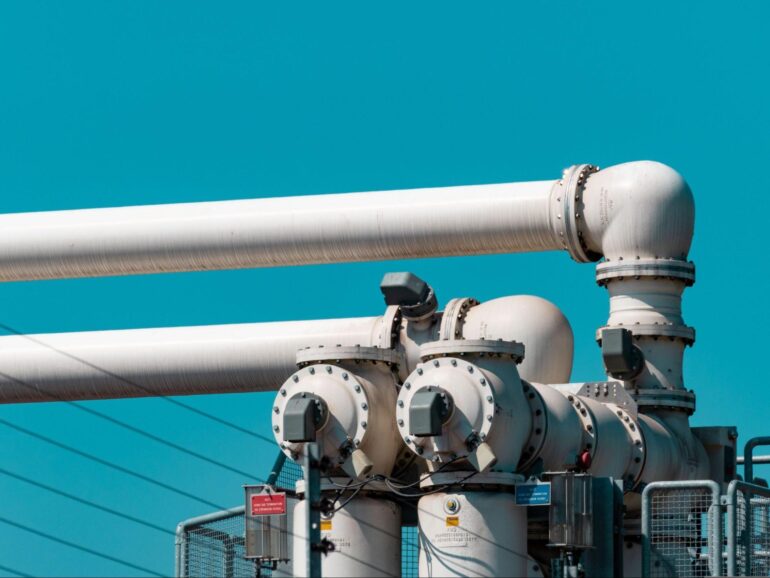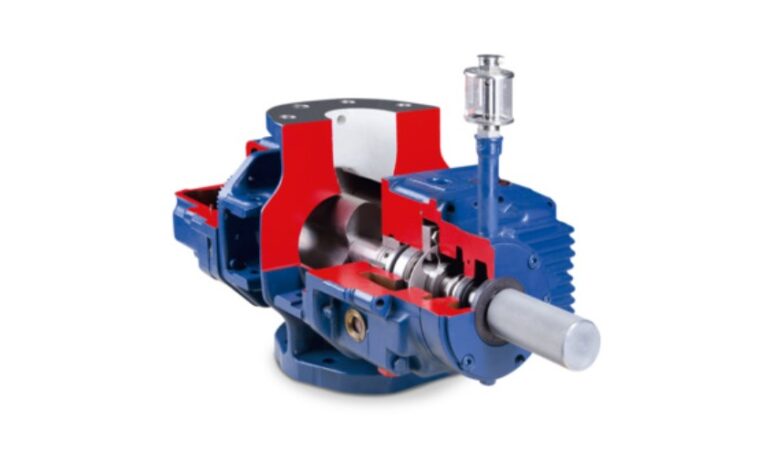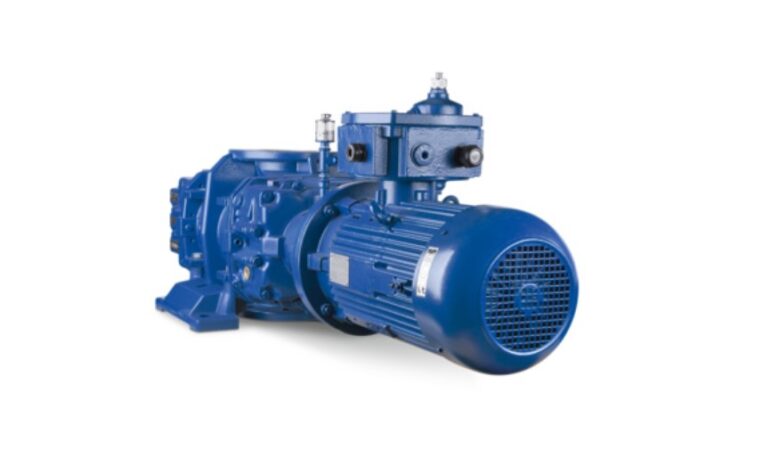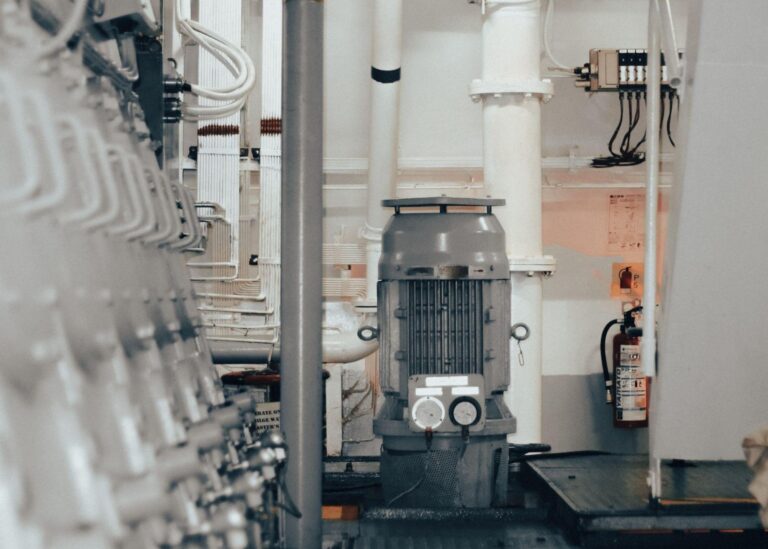Vacuum pumps, in the simplest terms, are mechanical components that make it possible to remove gas and air molecules through a sealed space to produce a space free of gas and/or air. Their main functions are to clean as well as seal.
Depending on the substance being pumped through them, vacuum pumps are available in wet or dry versions.
Where Do Vacuum Pumps Get Their Use?
To mention a few, the food and beverage business, semiconductor as well as electronics sector, pulp and paper industry, medical sector, plastics industry, and woodworking industry all employ vacuum pump technology for eliminating gasses and air molecules from a process.
Vacuum packaging equipment, pick-and-place equipment, drying of elements, bottle filling, and lifting and holding are a few examples of common vacuum pump applications.
Vacuum Pump Performance Evaluation

Pumping Rate/Speed
The primary characteristic that determines a vacuum pump’s performance is pumping speed or the pace at which air and gasses may be extracted from a volume. Pumping speed is more particularly the volume rate of flow of the pump from its inlet, which is frequently defined in volume as a fraction of time.
It is significant to remember that the rate of pumping relies on both what kind of pump is being used and the chemical makeup of the gas getting pumped. For instance, some gasses respond better to the transfer of momentum and entrapment pumps than others.
Although there are many subtypes of vacuum pumps, they are divided into positive expulsion, rotary vane, fluid ring, entrapment pumps, molecular transfer, etc. based on these approaches.
How Do Vacuum Pumps Work?
A vacuum system, which is usually used to remove extra air and its components, is used to decrease the liquid pressure in comparison to the limited pressure in a vacuum pump. These pumps are categorized into many varieties and employed in numerous processes according to differing vacuum and displacement requirements.
The key factors affecting vacuum pump efficiency include pumping rate and throughput. The difference between the two is the dimension factor. Some businesses even figure the pump’s capacity in terms of either suction power and vacuum production in metric tons.
How Does It Function?

A vacuum pump works by sucking out air from closed systems, gradually lowering the density of the air in the small space and therefore creating a vacuum. Because mechanical effort transforms rotating shaft energy into pneumatic power, it eliminates air in closed systems.
Within a conserved volume, the interior force level falls below the level of the outside environment. The amount of energy produced is primarily dependent on the quantity of gas that would have been air removed and the created pressure difference between the inside and exterior environment.
4 Types of Vacuum Pumps
There are various types of vacuum pumps accessible and their sole purpose is to eliminate air, vapor, or other gasses from a closed apparatus. These are typically divided into four groups, which are described in more depth below.
1. Pump with Positive Displacement
These vacuum pumps utilize an expansion mechanism that constantly widens a cavity to allow gas to flow from an outside chamber. The cavity is then opened, and gas is released into the atmosphere. These pumps are excellent for producing small vacuums.
2. Pump for Momentum Transfer
These pumps, often referred to as molecular pumps, use high-speed fluids to move gas particles outside the chamber prior to the chamber opening. Click here to read more on molecular pumps and their industrial uses. These pumps usually cooperate with other displacement pumps and are primarily employed to achieve high vacuums.

3. Renewable Pump
This pump leverages the fluid’s vortex performance, and it was built primarily using a hybrid centrifugal/turbo pump theory. Like the multistage centrifugal pump, it often has a large number of sets of perpendicular teeth over the rotor moving air particles inside stationary empty grooves.
Once the device is coupled with a Holweck pump, it can directly discharge to atmospheric pressure at 1 105 mbar. It is also referred to as the side-channel pump occasionally. These pumps are utilized in load locks for semiconductor production operations.
The majority of the power consumed by this type of pump is employed to reverse atmospheric force (https://education.nationalgeographic.org/resource/cornationalgeographic.org)), which results in significant power consumption of 1 kW at low pressure as opposed to turbo molecular pumps that only use 100W. With a little pump, this can be reduced almost ten times.
4. Entrapment Pump
This type of pump, which may be a cryopump, compresses gasses using cold temperatures.
An ion pump uses strong electrical fields to force the ions in addition to ionizing gasses to a hard substrate, in contrast to a chemical pump that reacts with gasses to produce a hard residue.
Cryopumping is used by a cryomodule. These pumps fall under the categories of titanium sublimation, sorption, and non-evaporative getter pumps.

